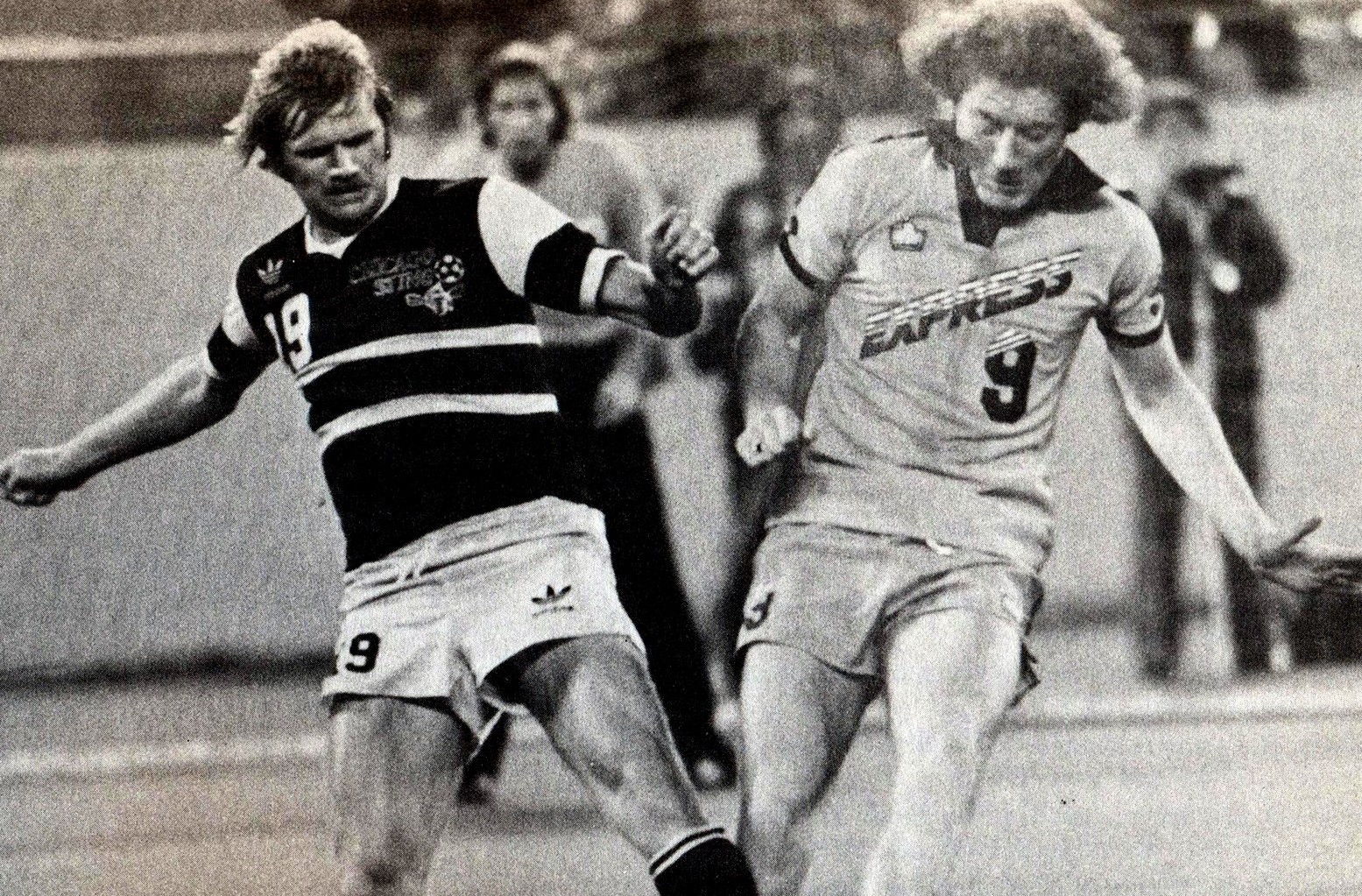
I don’t care how far technology has progressed since my playing days – there’s still no substitute for a real grass pitch.
Scotland’s professional footballers feel the same, it would seem. And I’m not surprised.
Their union – PFA Scotland – didn’t leave much room for doubt when it released the results of a survey on the subject taken amongst more than 700 of its members.
The vast majority of players – 73% of them in fact – have a clear preference for grass over plastic, even when it’s in dreadful nick.
More than 70% also feel artificial surfaces – even the very best ones – take a higher toll on their bodies.
Having been forced to retire at 29 with back problems, I understand exactly what they mean.
There is absolutely no doubt in my mind – not a single shred – that playing on plastic pitches in America contributed to my injury issues and curtailed my career.
It wasn’t just those, of course. There were also the red ash pitches in Glasgow as a kid and the solid-as-concrete “all-weather” surfaces I sometimes played on in training.
These things were murder on the joints back then – and they’re still hellish now. And that’s the message our professional players are trying to get across.
Better than anyone else – better than pundits, better than coaches, better than managers – they understand their bodies.
When they finish a 90-minute shift on an artificial pitch – even a top-quality 4G surface – they can feel the difference.
Knees ache, hips throb, feet dangle off numb ankles. I’ve spoken to plenty of them – they’ve told me so.
And they are the people those in charge of the game should be listening to.
For me, there’s no doubt about it – artificial pitches should be banned at the top level of the game.
In the Premiership, the Premier League, the Europa League and the Champions League – not to mention in internationals – it should be grass or nothing.
I understand that for smaller clubs, artificial pitches can be a means to stay in business.
Alloa Athletic, for instance, whose pitch-shifting antics have grabbed headlines over the last week, offer their surface for community use.
But no top, full-time outfit should be using a plastic surface – not when they are so hated by players.
If the professionals feel they’re tougher to play on, who are we to argue?
If they feel they’re at greater risk of picking up aches, strains or full-blown injuries on them, why should anybody dispute that?
It’s a health and safety issue as well as a business concern.
When all is said and done, these are the guys who are going out there and putting their bodies on the line every week to earn a living.
Unless you’re in that position yourself, you can’t stand against them.
Just as fans should be heeded when it comes to issues like ticket pricing, players should be heeded when we’re talking about pitches.
For me, it’s simple – the grass is always greener when it’s actually grass.

Enjoy the convenience of having The Sunday Post delivered as a digital ePaper straight to your smartphone, tablet or computer.
Subscribe for only £5.49 a month and enjoy all the benefits of the printed paper as a digital replica.
Subscribe